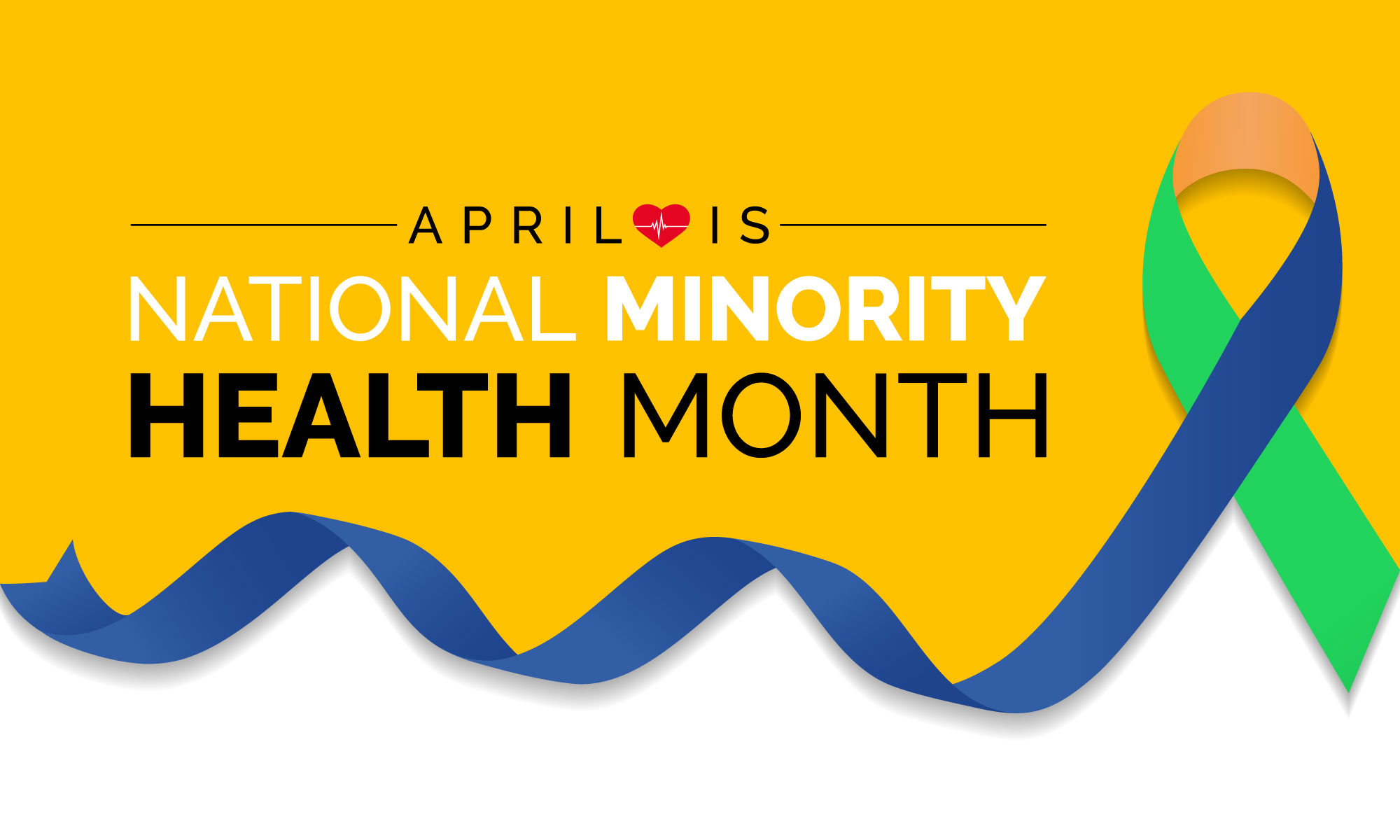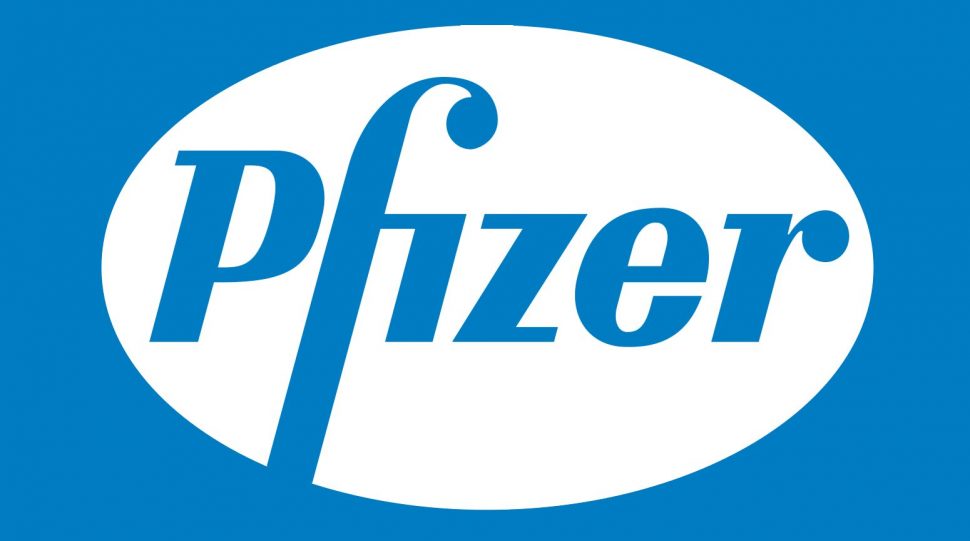April is National Minority Health Month: Protecting Communities with Vaccines

Protecting Communities: Vaccine Equity & National Minority Health Month
April is National Minority Health Month (NMHM), an annual observance dedicated to raising awareness about the health disparities affecting minority populations in the United States. This annual observance sheds light on the need for improved access to healthcare, better health education, and stronger community engagement in addressing health inequities.
One of the most pressing challenges in minority health is vaccine equity. Vaccine equity ensures that all individuals, regardless of race, ethnicity, or socioeconomic status, have access to life-saving immunizations.
For healthcare professionals who use a buying group for their vaccine procurement—including physicians, pharmacists, and office managers—addressing vaccine disparities improves public health and protects at-risk communities.
Minority populations suffer from higher rates of chronic conditions such as diabetes, heart disease, and asthma. These preexisting conditions along with poor nutrition increase the risks associated with vaccine-preventable diseases. Closing the vaccine equity gap is even more critical, given this fact.
But why does this gap exist? Furthermore, what can healthcare providers do to eliminate disparities in vaccine access?
Understanding the Vaccine Equity Gap
While vaccines are one of the most effective tools in preventing infectious diseases, access to immunizations remains uneven across minority groups. This is especially true for communities of color. The CDC includes the following as population groups less likely to receive vaccinations: Racial or ethnic minority groups, rural communities, and lower-income families.
A variety of barriers contribute to the disparity, including:
- Limited Access to Healthcare – Many minority communities have fewer healthcare facilities, pharmacies, and vaccination sites, leading to delays in receiving immunizations. In a National Institutes of Health (NIH) study, they found that geographic barriers significantly contribute to vaccine hesitancy and reduced immunization rates.
- Financial Barriers – The cost of vaccines, even when partially covered by insurance, can deter some individuals from seeking immunizations. Financial strain prevents many uninsured or underinsured individuals from getting routine vaccines like the influenza, pneumonia, and HPV vaccines.
- Mistrust in the Healthcare System – Many minority communities, particularly Black Americans, have a historical mistrust of the medical system due to past unethical practices, such as the Tuskegee Syphilis Study. This mistrust contributes to vaccine hesitancy and skepticism about the safety and effectiveness of immunizations.
- Language and Cultural Barriers – Non-English-speaking patients may struggle to access reliable vaccine information, leading to confusion or misinformation about immunizations.
These systemic challenges became particularly evident during the COVID-19 pandemic. Despite experiencing higher rates of severe illness and death from COVID-19, Black and Hispanic Americans had lower vaccination rates in the early phases of the vaccine rollout. These disparities were linked to reduced vaccine availability in minority-dense neighborhoods and underlying trust issues with healthcare providers.
Why Vaccine Equity Matters in Minority Health
Vaccines are one of the most effective tools in preventing disease, reducing hospitalizations, and improving overall public health. However, when vaccination rates remain low in certain communities, the risk of outbreaks increases, putting already vulnerable populations at even greater risk.
The Benefits of Vaccine Equity:
- Reduces Health Disparities – Increasing vaccine access among minority groups helps lower the racial and ethnic disparities seen in preventable disease outcomes.
- Strengthens Community Immunity – High vaccination rates contribute to herd immunity, protecting individuals who are unable to receive vaccines due to medical conditions or age.
- Lowers Healthcare Costs – Preventing diseases through vaccination leads to reduced emergency room visits and hospitalizations, ultimately lowering healthcare expenditures. For example, the 2025 measles outbreak will require massive financial resources to control and contain it. In 2018, the overall cost of the measles outbreak was $3.14 million, or $47,479 per case.
- Builds Trust in Public Health – Addressing vaccine hesitancy and increasing education efforts within minority communities help rebuild trust in the healthcare system.
Prioritizing vaccine procurement and delivery is not just an ethical obligation. It is a public health imperative.
How Healthcare Providers Can Promote Vaccine Equity
Healthcare providers play a crucial role in ensuring equitable vaccine access. Here are actionable steps that physicians, pharmacists, and healthcare administrators can take to close the immunization gap:
1. Improve Vaccine Accessibility
One of the biggest barriers to vaccination is the lack of convenient access. Healthcare providers can:
- Expand Vaccination Locations – Partner with community health centers, faith-based organizations, and schools to set up mobile vaccine clinics in underserved areas.
- Offer Flexible Appointment Times – Consider extending office hours or hosting weekend vaccination events to accommodate working individuals.
- Stock Vaccines in High-Need Areas – Ensure that clinics in minority communities have adequate vaccine supplies, preventing shortages that disproportionately affect these populations. Pre-booking vaccines guarantees vaccine supply and avoids shortages.
2. Enhance Patient Education and Communication
Misinformation is a major contributor to vaccine hesitancy, particularly in minority communities. To address this issue, healthcare providers should:
- Provide Multilingual Vaccine Education – Develop and distribute vaccine information in Spanish, Mandarin, and other languages commonly spoken in underserved communities. The National Resource Center for Refugees, Immigrants, and Migrants offers free, translated COVID-19 vaccine materials for healthcare providers.
- Address Vaccine Hesitancy with Cultural Sensitivity – Train staff to have empathetic conversations about vaccine concerns and provide data-driven reassurance.
- Combat Misinformation – Share credible sources like the World Health Organization (WHO), CDC, and American Medical Association (AMA) when discussing vaccine safety and efficacy.
3. Leverage Group Purchasing for Affordability
One of the biggest obstacles to vaccine equity is cost, particularly in lower-income minority communities. Medical offices and healthcare providers can improve vaccine affordability through group purchasing organizations (GPOs).
Group Purchasing Organizations (GPOs) like US Physicians’ Purchasing Group (USPPG) negotiates discounted vaccine prices. USPPG helps medical practices reduce financial barriers, making immunizations more accessible to patients from all backgrounds.
How USPPG Supports Vaccine Equity:
- Bulk purchasing discounts help lower vaccine costs for medical practices.
- Partnerships with vaccine manufacturers ensure a steady supply of critical immunizations.
- Membership benefits provide healthcare providers with resources to enhance vaccination programs.
4. Engage in Community Outreach and Policy Advocacy
Collaboration with local organizations can enhance vaccine accessibility and trust. Medical professionals can:
- Partner with Minority Healthcare Professionals – Collaborating with Black, Hispanic, and Indigenous healthcare providers can improve vaccine acceptance in minority communities.
- Support Federal & State Immunization Programs – Programs like Vaccines for Children (VFC) and Section 317 Immunization Grants provide free or low-cost vaccines to eligible individuals.
- Advocate for Policy Changes – Encourage local and national policymakers to allocate funding for vaccine outreach in underserved areas.
Looking Ahead: The Future of Vaccine Equity
While significant progress has been made in addressing vaccine disparities, there is still work to be done. Medical professionals must remain proactive in advocating for equitable vaccine access, expanding outreach programs, and reducing financial barriers for patients.
At USPPG, we remain committed to supporting healthcare providers in their efforts to increase vaccine access and affordability. If you’re looking for ways to make vaccines more accessible in your practice, consider joining USPPG to take advantage of exclusive vaccine pricing and resources.
Join the Movement for Vaccine Equity
April National Minority Health Month reminds us, equitable healthcare is a shared responsibility. By working together, healthcare providers can help close the vaccine gap and protect the health of all communities.
If you’re a healthcare provider looking to expand vaccine access in your community, consider joining USPPG. Our group purchasing power can help reduce costs and improve vaccine availability in underserved populations.
Together, we can build a healthier, more equitable future
Become a USPPG Member
USPPG is a physician buying group (PBG) that negotiates discounts on vaccines and other medical supplies by leveraging collective purchasing power. We partner with major vaccine manufacturers to secure lower prices and additional benefits.
Key Benefits:
- Membership is Free
- Access to Exclusive Discounts & Rebates
- Significant Cost Savings on Vaccines





